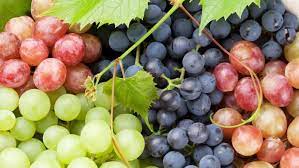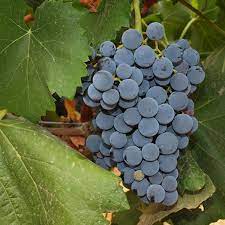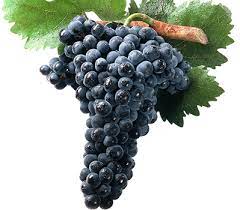This post is also available in: Spanish
The terroir and the wines. The climate, the grapes, the land and the orientation of the vineyard, all of this comprises the “terroir” concept.
It is therefore a word that groups within itself some basic concepts of the composition of a wine.
Wine no longer only depends on its production and aging; today, thanks to advanced techniques, the concept “terroir” appears as a result of research into different aspects that encompass wine.
Its origin is French, to differentiate the wines produced in a specific area with specific characteristics. Sometimes the concept covers entire regions.

The terroir and the wines
It is therefore about defining with one word, extraordinary wines, produced and elaborated in a specific way.
Wines produced under this concept in France are called “cruz” in Bordeaux, or “clos” in Burgundy. In Spain we call it “paid wines” or “estate wines”.
The Pago Denomination of Origin wines have nothing to do with what we are talking about, since the latter are linked to a quality brand.
Weather
Important factor in the breeding of vineyards and grapes. Sometimes this aspect is specified when a certain area has a “microclimate”, ideal for the production of grapes.
This element of vital importance in the development of the vine is at the same time the most difficult to control, because it does not depend on the farmer.
Rain, sun, heat or cold determine the development of the vineyards.
Depending on the climate where the vineyard is developed (continental or Mediterranean), this will be the fruit it provides. In this aspect, farmers can only manage the water variable, which, if necessary due to lack of rain, can be solved with irrigation.
Therefore, depending on the climate we have in the area, we will have to plant some strains or others, in order to better adapt to the climate we enjoy.
In cold climates, it is advisable to plant early maturing strains.
The Earth
Possibly the land is one of the elements that the farmer can best vary and manage. The pH of the soil can be modified with phosphates and fertilizers appropriate for the case.
You can even increase vine production by adding the fertilizers and nutrients that it lacks to the soil.
But the fact that the land is the most manageable element is still the element that most influences the development of the grapes, and therefore the quality of the wine.
The vine normally adapts to almost any terrain, in that sense it is an extremely grateful plant, but its care will have a direct impact on the quality of the grapes.
Characteristics
Same type of grape can grow in completely different terrain, and with different climates, but the characteristics of its wines will also be completely different. The acidity and alcohol level of the grapes will vary significantly.
Most important elements that the soil must contain for the development of the vine are: iron, magnesium, phosphorus, potassium and nitrogen.
Each one will provide different qualities to the grape. Thus, iron determines the color of the wine, while potassium provides resistance to the plant.
The orientation of the vineyard

We have often heard the phrase “wine is made in the vineyard.”
Before starting to produce grapes, we must decide:
What land is ideal to plant the vine,
and what orientation it should have.
The orientation of the vineyard conditions the growth and metabolism of the leaves and clusters.
Soil erosion, the ability to absorb water from the land, and even the mechanization work necessary in the development of the vine, are conditioned by the orientation we give to the vineyard.
For the vine, the best hours to receive the sun’s rays are in the early hours of the morning.
Best orientation
Therefore, the best orientation of the plants will be SE.
But this is not definitive, since the orientation of the rows and plants will depend on factors in each area, such as:
rain
wind,
temperature
soil moisture.
In a glass plantation, the orientation of the vineyards takes a backseat. The plant receives sun in all its orientations and the wind favors insolation in all directions.
In the case of “trellis” cultivation, great care must be taken in selecting the orientation of the vineyard in each plot.
The grape

The grape and the variety used in the production of the wine make the difference.
Characteristics of a specific grape determine many aspects of the wine we will make. A dry land variety is not the same as a grape grown in cold or rainy climates.
The humidity aspects in vine cultivation will not determine aspects of the health of the grapes.
This is the case of the appearance of fungi, so high levels of humidity in the vine plant can bring about the appearance of fungi.
There are very productive grapes, depending on the land where they are grown.
Type
Each type of grape must be grown in the appropriate soils and with the appropriate climates.
The different types of grapes used in the production of wine will provide us with different aspects of flavor, color, and aroma of the wine.
Red grapes are used in the production of Champagne wine. What gives color to wines is found in the skin of the grapes.
The grape must is colorless. Its contact with the skin is what determines the color of the wine.
Conclusions. The terroir and the wines
Before finishing, from Iberowine we would like to recommend the Matarromera Crianza red wine, a Ribera del Duero from the Matarromera Group wineries with meaty touches on the palate with a friendly tannin. Pairs perfectly with rice and meat.
Once analyzed the different concepts that make up the word “terroir”. We can affirm that it is almost impossible for two vineyards to have the same composition of these factors. The terroir and the wines